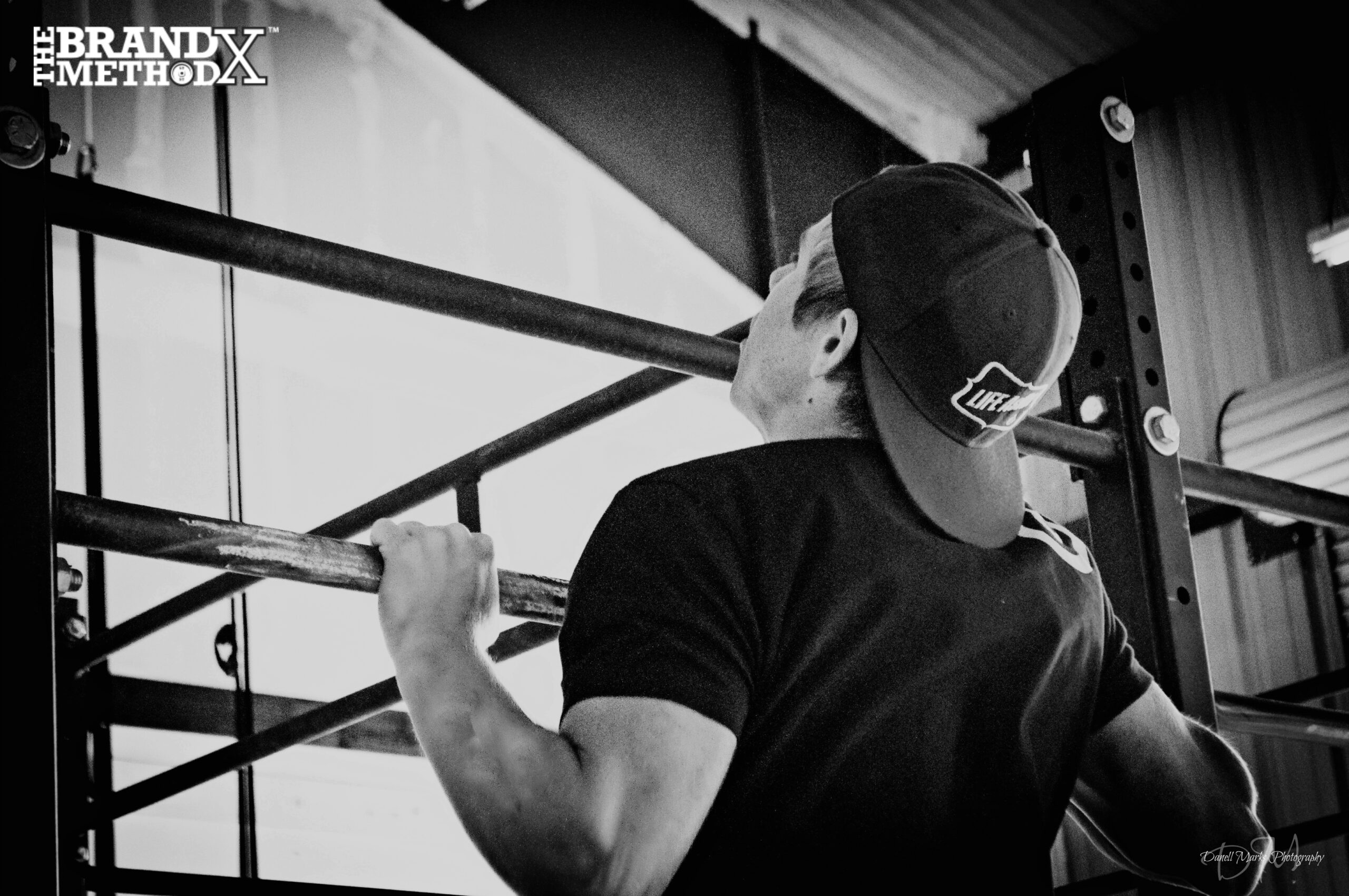Setting The Bar
The Low Bar
It was a cold February morning. He stood second in line staring at the pull up bar in the High school gym. He had been waiting two years for this, his chance to beat his brother’s school pull up record. The coach called him up and told him he had two choices for this test, a max straight arm hang or a max pull up attempt. He shook out his arms, rolled his shoulders and said “Pull ups”. He blew past his brother’s record and kept going. Finally dropping off the bar at 33 dead hang pull ups. With a wide grin he watched the other kids approach the bar “straight arm hang. straight arm hang. straight arm ….”
The next year he waited in the same gymnasium, grinning, knowing he was going to break his record. When his turn was called the coach said, ‘This year we are only doing straight arm hang.’ Why he asked? “Because last year you did so many pull ups that a lot of kids felt bad, so this year we aren’t doing them”.
The above is a true story. Think of the lessons that could have been learned here. Lessons in grit and resilience. Lessons in setting long term goals. Lessons in working towards those goals. There were opportunities to teach about measuring your own progress rather than someone else’s and focusing intrinsically rather than extrinsically.
Where do you Set the Bar?
I’ve worked with kids and fitness for over twenty years, and before that I worked with kids in the Martial Arts. In the Martial Arts if you simply required that kids could make it from the beginning of a kata to the end that’s what they would achieve. If you required that they were technically precise with their movements they achieved that.
Today we see a lot of youth trainers who are settling for “just get kids moving” as the bar. Our observation is that this largely leads to movement disfunction and ultimately blunts the enjoyment of movement with children.
Where we as kids coaches set the bar largely dictates not only what they will achieve while under our care but also what lessons they will learn. One of the most important lessons I learned as a youth coach was that kids loved a challenge. Give them a properly framed goal and they thrived moving from one accomplishment to the next. With competence developed through movement sprang confidence to set new goals and motivated them to try new activities and sports. Movement for life.
Setting the Bar
Setting the bar with achievable goals and expectations requires that we understand what is appropriate for kids. You wouldn’t walk into a 5th grade math class and declare “our goal this semester is calculus!” In the same vein we shouldn’t walk into our 5-10 year olds kids class and say “This month our goal is muscle ups!” We want to set the bar high, but also realistic and achievable. Setting the bar correctly requires that a coach understand the biopsychosocial model of training children, which outlines for coaches what is developmentally appropriate. Setting the bar correctly, requires a deeper understanding of the developing human. Children cannot express what they do not yet possess.
The Brand X® Professional Youth Coach Certification teaches coaches the biopsychosocial approach to training kids and provides the Base • Build • Boost model for learning movement and setting goals. This allows us to continually set the bar at a height our kids must work to reach for but can ultimately achieve and feel great about.
Keep Setting The Bar for the youth you lead, book a call and learn how to become a Certified Professional Youth Coach using our flexible payment plan, and get the industry’s best support team behind you every day.
Want to learn more? Book a Call

